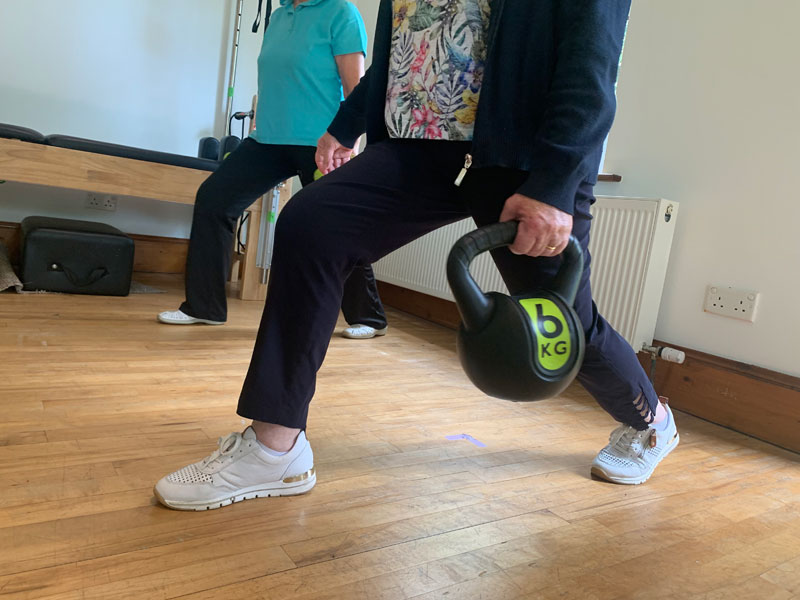
Aging is associated with several biological changes some of these include the reduction of muscle, strength, function leading to frailty. As we all know, it’s natural to see some changes as we age, however you can slow down the decline through movement. Physical activity is able to attenuate the physical, but also the cognitive deterioration associated with aging (Garcia-Hermosos et al. 2020). As well as this, there is high certainty in the literature that higher levels of physical activity can lead to better quality of life! (Rugbeer et al. 2017).
Among the contributors to the aging process, muscle disuse is a preventable and reversible factor. Muscle disuse often leads to reductions in strength so as the old saying goes “move it or lose it”! Loss of muscle is generally gradual, and to many people’s surprise it begins after age 30, but accelerates after 60 years. Between the ages of 40-80 muscle mass can reduce by up to 30-50%. Unfortunately, reductions in muscle mass are also associated with decline in function, with an annual decline of 3% seen after 60 years (Marty et al. 2017). Muscle loss appears to affect the lower limbs more than the upper limbs (Goodpaster et al. 2006) . This is very important to note as we depend on our lower limbs for almost every movement in our daily lives – walking, getting out of bed, standing up from a chair, using the stairs, keeping us balanced and upright!
Resistance training (also known as strength training) has been shown to improve bone density, insulin sensitivity, quality of life, reduce inflammation, reduce risk of falls, help in the management of chronic health conditions, and lead to extended periods of independent living.
The guidelines recommend at least 2 resistance sessions per week for all adults. Despite the clear benefits, unfortunately many older adults don’t meet the recommendations and miss out on all the potential benefits mentioned above. You won’t be one who misses out will you?
What can you do to prevent muscle loss?